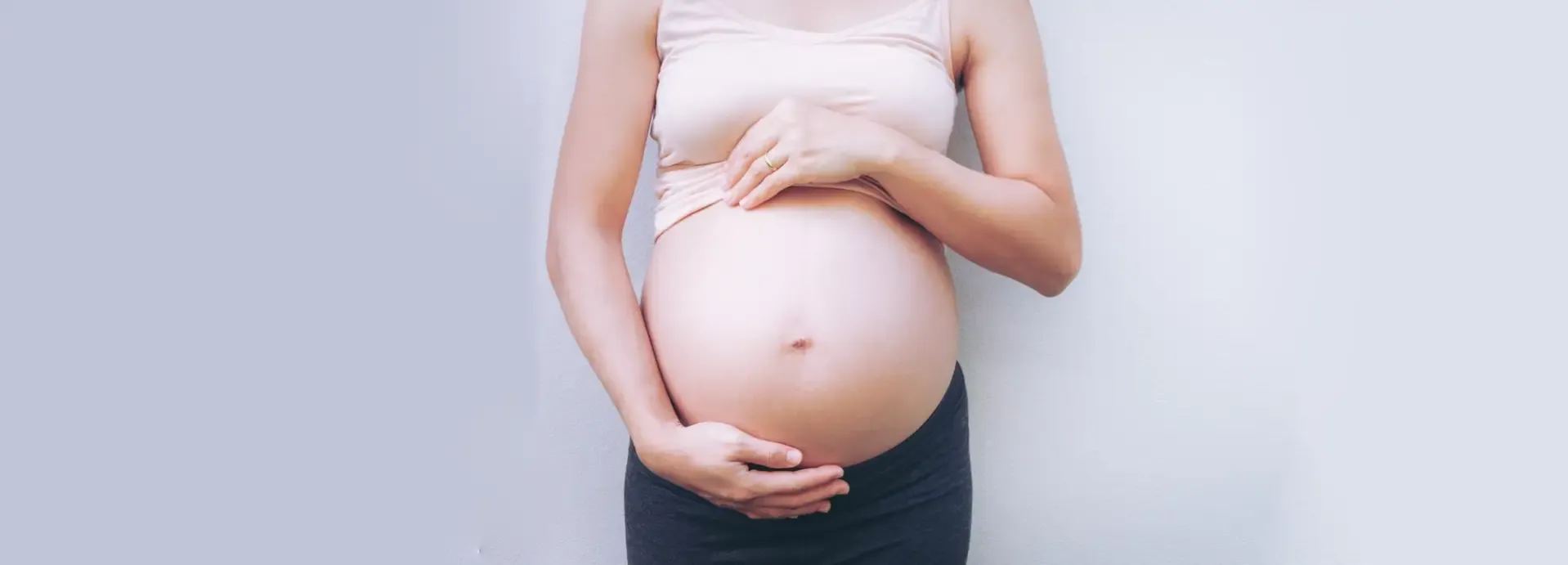Recover the breast after maternity
Pregnancy and breastfeeding are experiences that leave visible and emotional marks on a woman’s body. One of the areas that suffers the most changes is the breast. Many mothers ask themselves if it is possible to recover the shape of the breast after maternity, and the answer is yes, with different options adapted to each case. This article is designed to help you understand why the breast changes, what you can do to improve its appearance, and what treatments exist, both natural and medical.
Why does the breast change after pregnancy and breastfeeding?
During pregnancy, the breast increases in size due to hormonal action and preparation for breastfeeding. After childbirth and weaning, the volume can decrease considerably, leaving an empty or sagging appearance.
Factors that influence breast changes:
- Hormonal changes
- Rapid volume increase and loss
- Duration of breastfeeding
- Age and skin elasticity
- Genetics
- Wearing or not wearing a bra during breastfeeding
These changes are completely normal but can affect self-esteem. Fortunately, there are ways to address this situation, from self-care to aesthetic surgery.
Natural Options
Before considering surgical procedures, many women choose natural methods that help tone, firm, and improve the appearance of the bust.
1. Specific chest exercises
Although breast tissue is not muscle, exercises that work the pectorals can help give a firmer appearance to the bust. Recommended exercises:
- Push-ups
- Chest press with dumbbells
- Chest fly with light weights
- Elastic band exercises
2. Diet rich in collagen and antioxidants
A balanced diet helps skin regeneration and improves its elasticity. Foods that will help you:
- Fruits rich in vitamin C (kiwi, orange, strawberries)
- Leafy green vegetables
- Oily fish and nuts (rich in omega-3)
- Eggs and legumes (rich in proteins)
3. Hydration and Firming Massages
Using creams with collagen, elastin, or vitamin E can provide firmness if applied regularly with circular massages.
Tip: Complement with cold massages or alternate hot and cold water showers to activate circulation. Dr. Vives
Solutions with Aesthetic Surgery
When changes are very pronounced and significantly affect self-esteem, aesthetic surgery can be an effective and long-lasting solution.
Types of Surgical Procedures:
1. Mastopexy or breast lift
Ideal for correcting breast sagging without the need to increase volume. It involves repositioning the breast to its original place and removing excess skin.
2. Breast augmentation with Implants
For those who have lost volume after breastfeeding, silicone implants help restore size and projection.
3. Breast augmentation with own fat (Lipotransfer)
A natural method that involves extracting fat from areas like the abdomen or thighs to inject it into the breast.
4. Combination of procedures: Mommy Makeover
This treatment includes interventions on the abdomen and breasts for an integral recovery of the body after motherhood.
Important considerations before making a decision
When is the Right Time to Treat the Breast?
It is recommended to wait between 6 and 12 months after finishing breastfeeding, so that the breast stabilizes in its final size.
Consult certified professionals
Ensure you see a plastic surgeon experienced in breast surgery with verified credentials.
Have realistic expectations
Every body is different. The most important thing is to seek a natural result that fits your proportions and lifestyle.
Frequently asked questions
Can the breast be restored without surgery?
Yes, especially in mild cases. With exercise, proper nutrition, and aesthetic treatments, it is possible to significantly improve its appearance.
Will the breast return to how it was before pregnancy?
Not exactly, but it can improve a lot. The goal is not to go back to the past, but to achieve a version of yourself in which you feel confident and happy.
Do implants affect breastfeeding in future pregnancies?
It depends on the type of surgery. In most cases, with the proper technique, it is possible to breastfeed without problems. Consult your specialist to consider all factors.


